 |
|
 |
|
The Decans were groups of stars from the night sky was divided
- these Decans were used as a calendar by the ancient Egyptians:
each decan would rise above the dawn horizon for ten days every
year. There were 36 decans (36 X 10 = 360 days), + plus 5 added
days to make up to 365 days. (The flaw being the ancient Egyptian
year being 6 hours too short which over the years would eventually
make a real error - for example over 40 years the calendar would
be in error of 10 days).
The list of decans first appeared on Middle Kingdom wooden coffin lids and continued to be displayed on tombs and temples up to the Late Period - some tombs of the 18th and 19th Dynasty tombs display the decans on the ceilings (see the tomb of Senenmut TT353), the tomb of Ramesses IV and the Osireion built by Seti I at Abydos both show the journey of the Decans once they have passed from view in the night sky (they are below the horizon and therefore out of sight) - for this period of 70 days they travel the Underworld.
The temple to Hathor at Denderah (Late Period) also has a list of decans on its ceiling (as well as the Egyptian zodiac), the list of decans below comes from that temple:
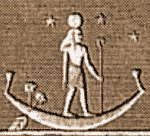 |
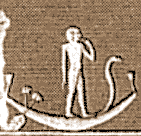 |
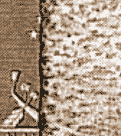 |
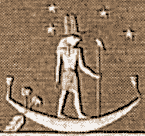 |
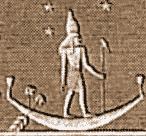 |
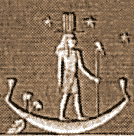 |
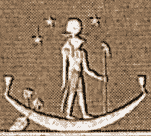 |
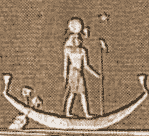 |
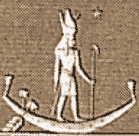 |
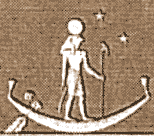 |
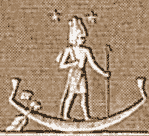 |
 |
 |
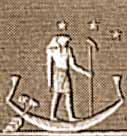 |
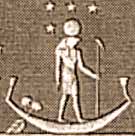 |
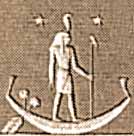 |
 |
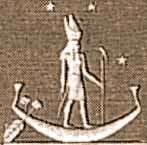 |
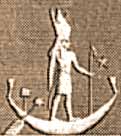 |
 |
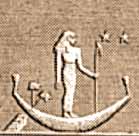 |
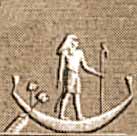 |
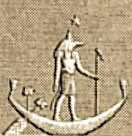 |
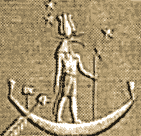 |
 |
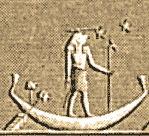 |
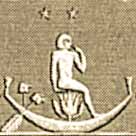 |
 |
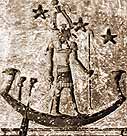 |
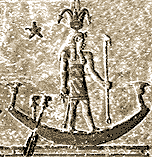 |
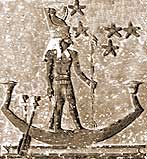 |
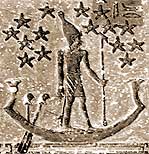 |
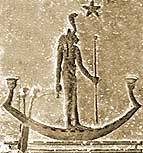 |
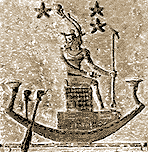 |
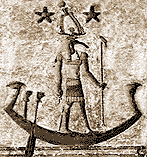 |
 |
37. Septet God - Maat-Heru Ast